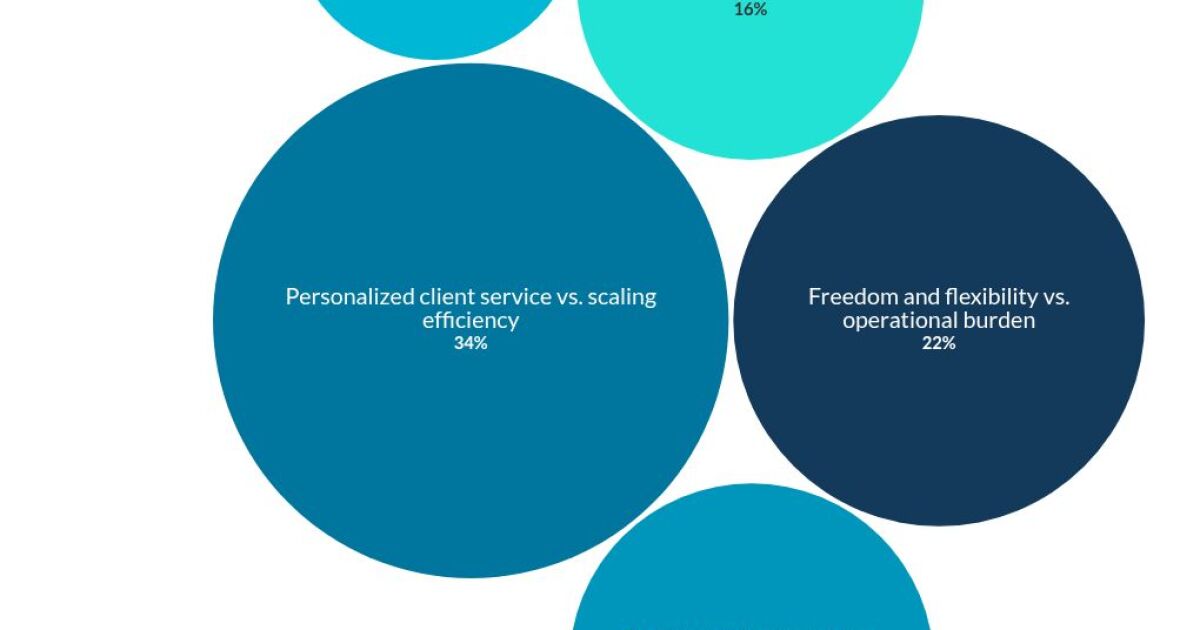Content marketing has long been a popular way for financial advisors to attract clients, given its ability to enhance Search Engine Optimization (SEO), increase traffic to the advisor’s website, and ultimately lead to more inbound leads (without necessarily incurring a significant hard-dollar outlay). However, with consumers increasingly turning to Artificial Intelligence (AI)-powered tools to find answers to their questions (potentially reducing the number of ‘clicks’ to advisors’ websites themselves), some advisors might wonder whether content creation remains a viable marketing tool.
In this guest post, financial advisor marketing consultant Brent Carnduff shows how the rise of AI search isn’t a signal for advisors to start over when it comes to content marketing, but rather a call to recalibrate their approach.
To gain the attention of AI search tools (e.g., ChatGPT, Perplexity, and Bing Copilot), a first step for advisors is to establish their “Who-What-Where” (i.e., their name and firm, their niche or specialty, and their location or service area) and use it consistently across platforms as AI models and search engines rely on recognizable, repeated patterns to connect content back to the advisor or their firm.
Next, while traditional SEO often focuses on single keywords, AI models instead look for connected ideas, depth of understanding, and topical consistency. With this in mind, a “pillar-cluster” content model, in which content is organized around a central, comprehensive topic (the pillar) and is supported by a series of more focused articles (the clusters) that dive deeper into related subtopics. By having each cluster article link back to the pillar (and ideally to other cluster articles), an advisor can reinforce their authority and help both search engines and AI tools understand the full scope of their expertise.
Nonetheless, even when structured well, not all blog content performs equally in an AI-driven world (e.g., many broad questions are already answered by AI without a source citation). With this in mind, creating content with three key attributes – local relevance, a defined niche, and topical depth – can generate higher visibility and lead quality. Also, while traditional SEO rewarded the length of content, AI models prioritize content that gets to the point, answers questions clearly, and signals expertise fast. Which means that a relatively short piece could stand out if it answers a high-intent question directly or dives deep into a specific subtopic.
Given that AI models are trained on public data from a wide range of sources, having content appear across multiple platforms (and not just on the advisor’s website) can increase the chances that it will surface in AI results. For instance, adapting blog posts that appear on a firm’s website for LinkedIn and Substack (with a fresh headline, a short summary, and a link to the original blog post) can increase the content’s (and advisor’s) visibility with AI models.
Ultimately, the key point is that content marketing remains a potentially valuable marketing strategy in a world of AI search. By clearly demonstrating what types of clients they work with (and where they’re located) and their ability to solve their unique financial planning pain points, advisors can demonstrate their expertise to AI models, find themselves cited more often in AI searches, and ultimately attract more ideal-fit clients!
Read More…


























